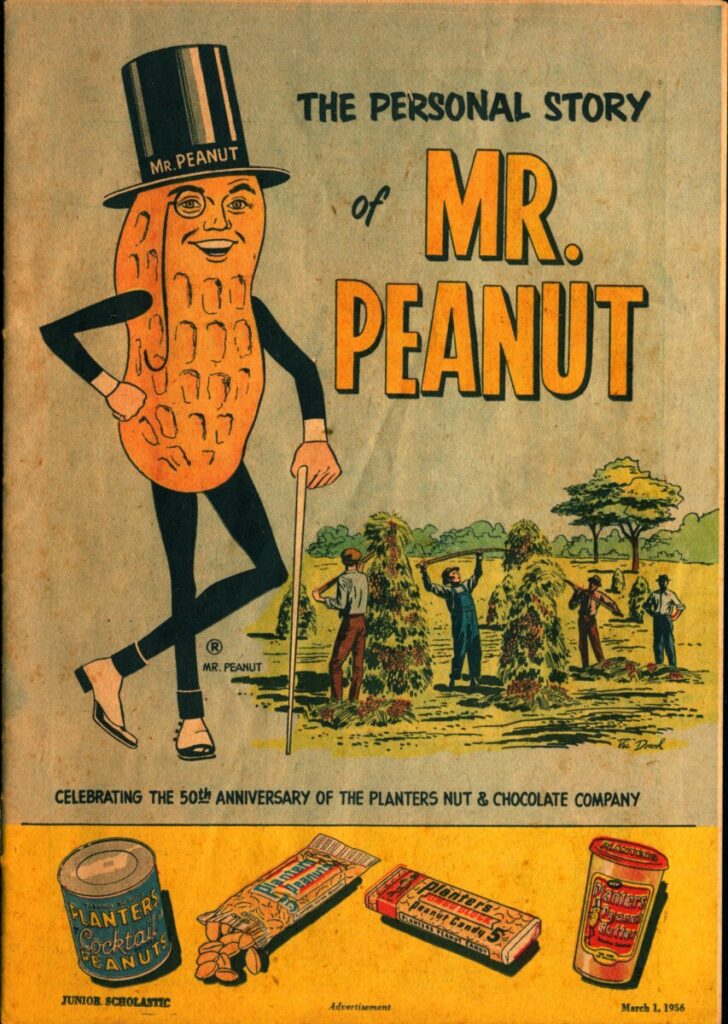“Good Design Is Good Will” in Graphic Design Theory: Readings From the Field page 64-69 and Steven Heller’s “Underground Mainstream” in Design Observer
Questions/Prompts
- What is your opinion of Paul Rand’s view of the designer/client relationship?
- Is there a difference between “underground” and “mainstream” today?
- Provide a visual example and description of early avant-garde culture jamming.
- Provide a visual example and description of culture jamming today.
Response
Paul Rand believed that the client/designer relationship was less important than the work. I believe that this isn’t a way in which to establish a proper bond between business and clientele. We, as designers, need to understand that without clients and the work they bring to us, there wouldn’t be any money circulation. However, within Rand’s time period, things may have operated differently. From my previous findings of Rand’s client relationships, it was also shown that he insisted on taking full creative control of a creative project. Although, true as a designer, many clients don’t know “design” and its many creative processes, so in this aspect I agree with him taking on a more assertive role. There’s a huge difference between “underground” and “mainstream”. Many designers who fall under the underground role are usually designers starting out or as freelance designers. For freelance designers many people believe it’s hard to find the right freelancer for the right price. As for mainstream designers, their work is much more available and accessible to the public. Many well regarded designers typically receive bigger clients than those of their lower counterparts. However, in today’s climate, there seems to be a shift for underground designers, but that’s only possible if they use the available media channels to promote and look for work. As a competitive field, it’s understandable why some designers feel their work isn’t getting the recognition needed in order to help boost their career in which they can start receiving more clients.

The first ad is of Planter’s peanuts brand which is an example of early culture jamming. Back then, advertisements such as these are usually jampacked with text and limited pictures showcasing their product. It advertises a new way in which to reach an audience who likes peanuts. The second advertisement is a modern day example of culture jamming.

Another Planter’s peanut ad, but this one is filled with bright colors, yellow, and a more updated version of Mr. Peanut. There’s a video ad that links to this which shows a clip of Mr. Peanut dying, but then coming back to life as a baby peanut. Many people today thought it was funny and it was treated as a meme for a while. Although, very cheesy, it attracted a newer audience who in many aspects does not like peanuts, but because of this ad working successfully, it attracted newer audiences.
Annotations:




Leave a Reply